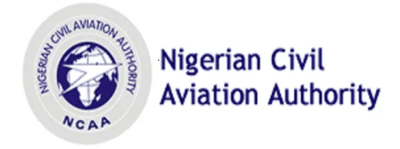Nigerian Civil Aviation Authority (NCAA) has warned pilots, operators and Air Traffic Controllers to be cautious of severe thunderstorms and other hazardous weather conditions which hamper flight operations especially now that the rains are beginning.
The agency also urged passengers to exercise patience and understanding during the period of heavy downpour, as strict compliance to this warning is expected from all stakeholders as maximum sanction shall be imposed for non-compliance.
This warning is a follow up to the Advisory Circular (AC) with reference no AC: NCAA-AEROMET – 31 addressed to all pilots and airline operators and signed by Capt. Musa Nuhu, director general.
This is coming on the advent of the Seasonal Climate Prediction (SCP) released by the Nigerian Meteorological Agency (NIMET) for year 2021. NIMET forecasts early/late March as the commencement of rainy season in the southern states while late April/June 2021 would be the commencement of rainy season in central and northern parts of Nigeria.
Consequently, this weather advisory circular is necessary to bring forth the evolving weather information associated with commencement of rainy season and the effects on safety and efficiency of flight operations; and to elicit cooperation of the following stakeholders to ensure safety air transport at all times.
According to the agency, “Air Traffic Controllers may temporarily close the airspace when any of the conditions in (1) are observed or forecast by NIMET; Flight Crews/Operators and Air Traffic Controllers (ATC) to ensure adherence to published aerodrome weather minima; Pilots to exercise maximum restraint whenever adverse weather is observed or forecast by NIMET; and Pilots/Flight Crew members to obtain adequate departure, en-route and destination weather information and briefing from NIMET Aerodrome Meteorological Offices prior to flight operations.”

